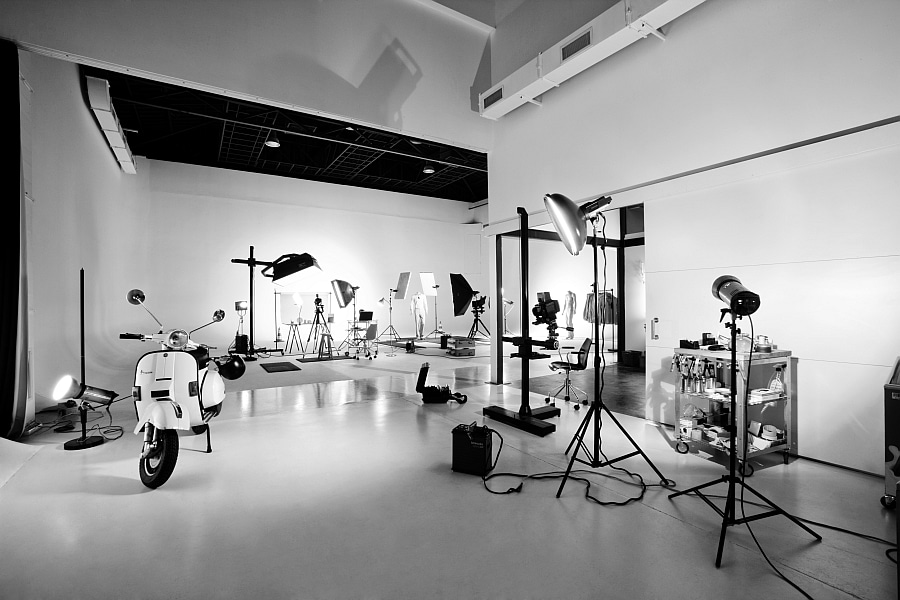Do not panic, but … Does industrial photography have numbered days? Thanks to the significant saving of time and costs in general that 3D infographics implies with respect to traditional methods of marketing and communication, the balance is clearly leaning towards the more technological side.
The reasons to migrate to 3D infographics
It is clear that if the multinational companies of greater relevance have been able to move towards 3D computer graphics, it is because there are compelling reasons.
1. The workload is lower
Marketing and advertising professionals know well the effort required by industrial photography in terms of human equipment, travel, locations, storage, rentals, and other disadvantages of working with elements of the physical world. With infographics everything is lighter. You do not even need to physically build the prototypes to make the photo. That is also responsible for 3D.
2. Greater effectiveness with less effort
Let’s talk, for example, about the effort involved in the modifications on the fly. Would that chair, or that table, be better with other lighting? Repeating the photo shoot would be a great investment of time and money. On the other hand, with infographics everything is simplified. We can change the light of a scene, make it day or night, quickly and with a cost close to zero.
3. Greater flexibility to customize the product
With 3D infographics, artists create a model that can be modified easily. You can place the product image in different scenarios, using the image library. In addition, characteristics such as material or color can be changed.
4. The example of furniture companies
Many companies already recognize that most of the images in their catalogs are renders. The most striking paradigm of this migration from photography to 3D computer graphics is that of furniture manufacturers. Think now of the thousands of items in your catalog: thousands of items, with different varieties of color within the same model … How many models of each piece of furniture should be manufactured and transported for an industrial photography session?

Comentarios recientes